Sometimes, greatness can’t be rushed. Lancia’s humble Delta family hatchback had been around since 1979, but it wasn’t until 1987 that the now-famous Integrale badge was applied to the road car. And for the next seven years, it signified the pinnacle of the hot hatch, with supercar-embarrassing performance on the road and world-beating pace on the rally stage.
The Delta had already shown itself to be a competent performer, with HF variants in 1983 and the turbocharged HF 4WD in 1986. When Lancia decided to take the Delta rallying in the new 1987 Group A class, the wick was turned up once again for the road-going models. As per the rules, 5000 homologated road cars had to be built each year to comply with regulations, but by 1993, demand had pushed Integrale production to nearly 45,000.
HF (High Fidelity) lettering and its galloping elephant mascot had signified fast Lancias for almost 25 years and, in the words of Gianni Lancia, that was because “once an elephant starts running, nobody can stop it”. And the Integrale only took this further: in 1987, 1988 and 1989, it wrapped up the drivers’ World Rally Championship in dominant style, and even in 1991, it beat the mighty and modern Celica GT-Four to a surprise fourth championship.
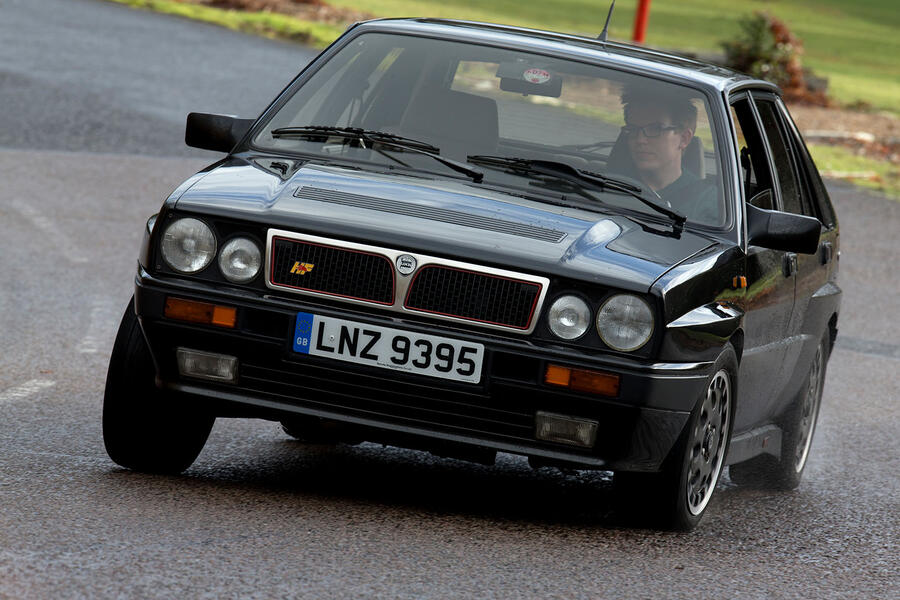
The road-going Delta was constantly evolving too, right from the HF Integrale 8v, which used a large-capacity Garret T3 turbo for 182bhp, a five-speed manual and permanent four-wheel drive. Some of these first cars were officially imported into the UK, although only in left-hand drive. It took until 1989 and the new 197bhp HF Integrale 16v for us to receive right-handdrive cars, but this was done via a UK dealer conversion and they were not generally well received by enthusiasts – and still aren’t. Incidentally, you can tell a 16v car from an 8v by the wheels, which have five bolts instead of four.

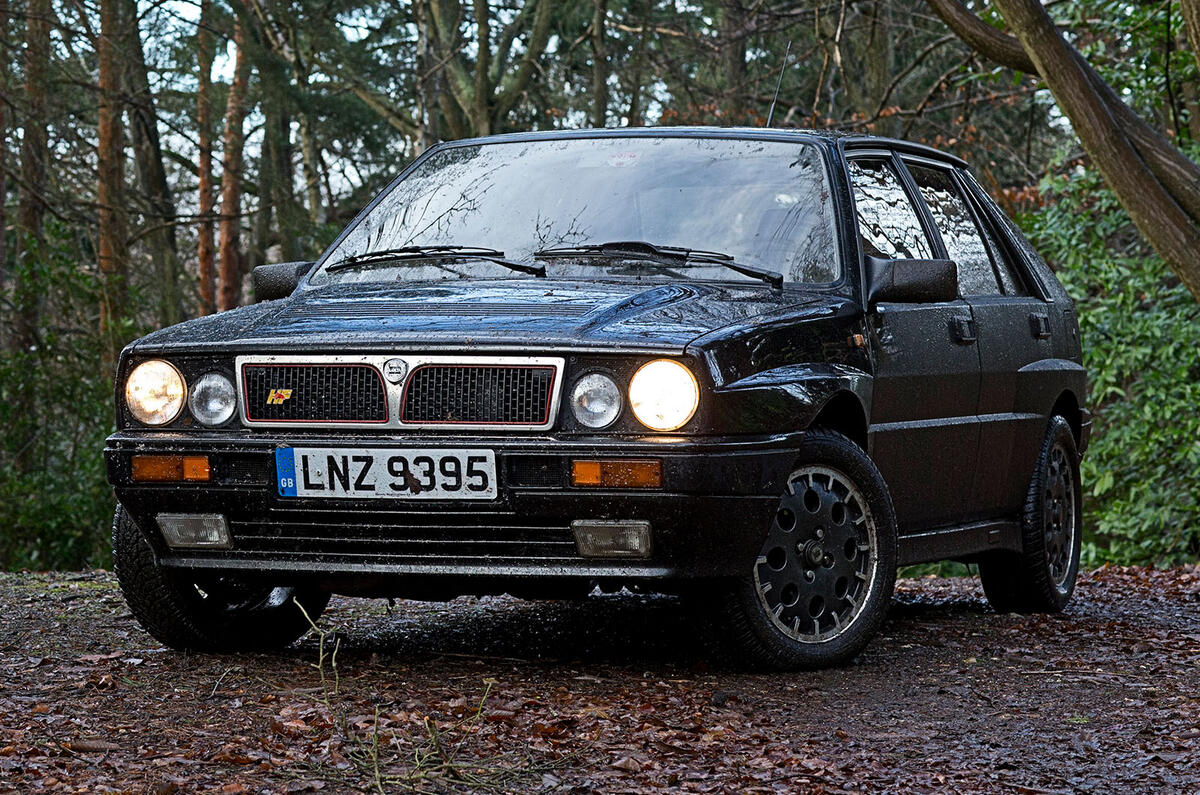















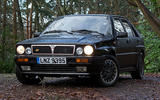
















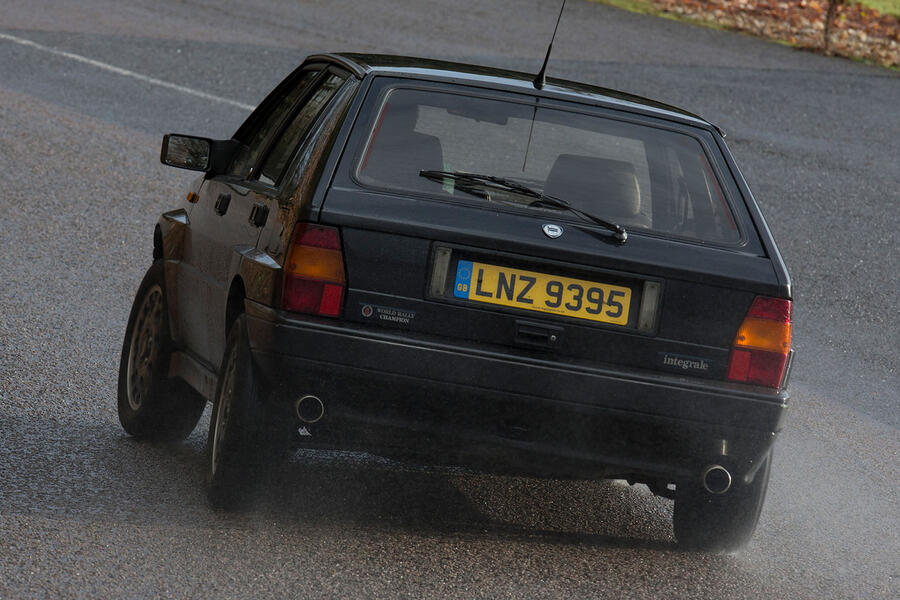
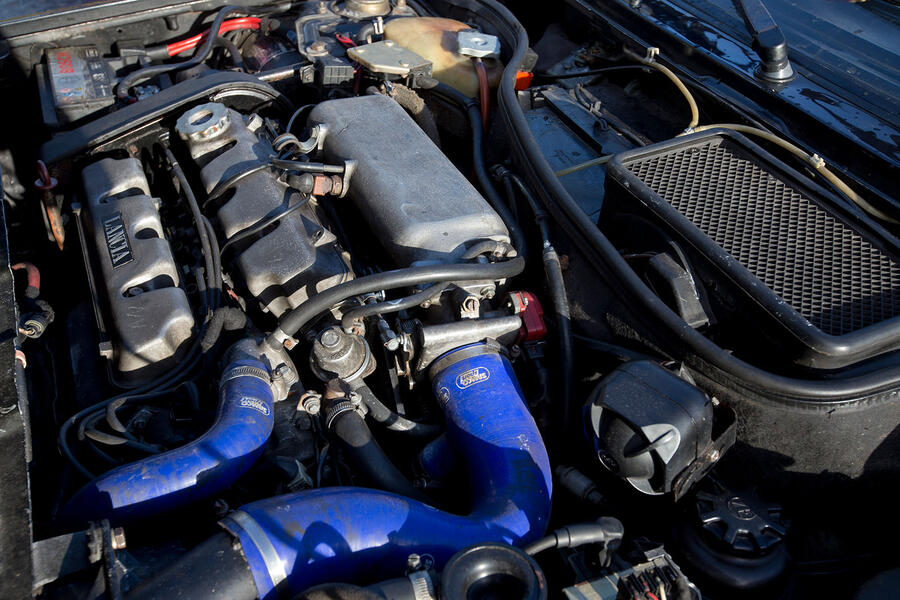
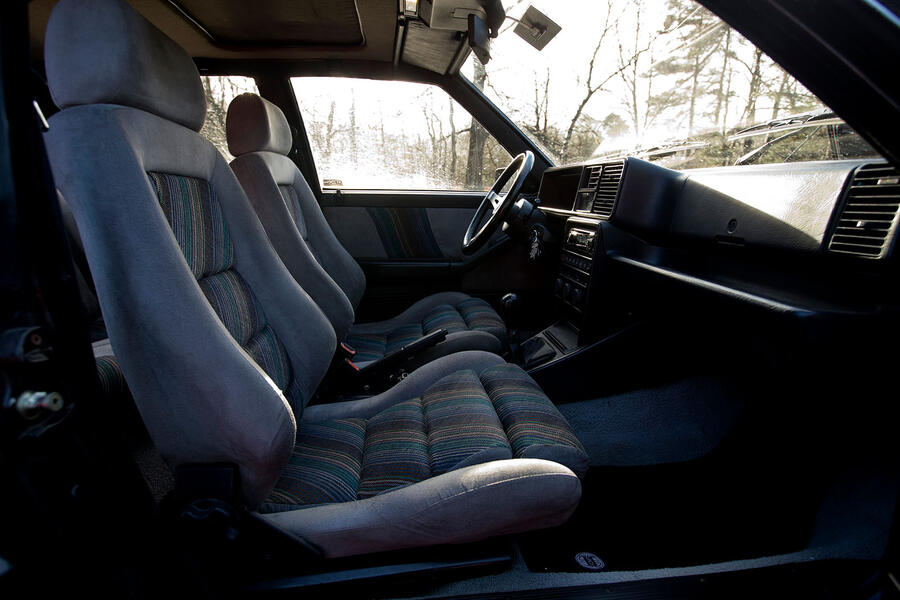
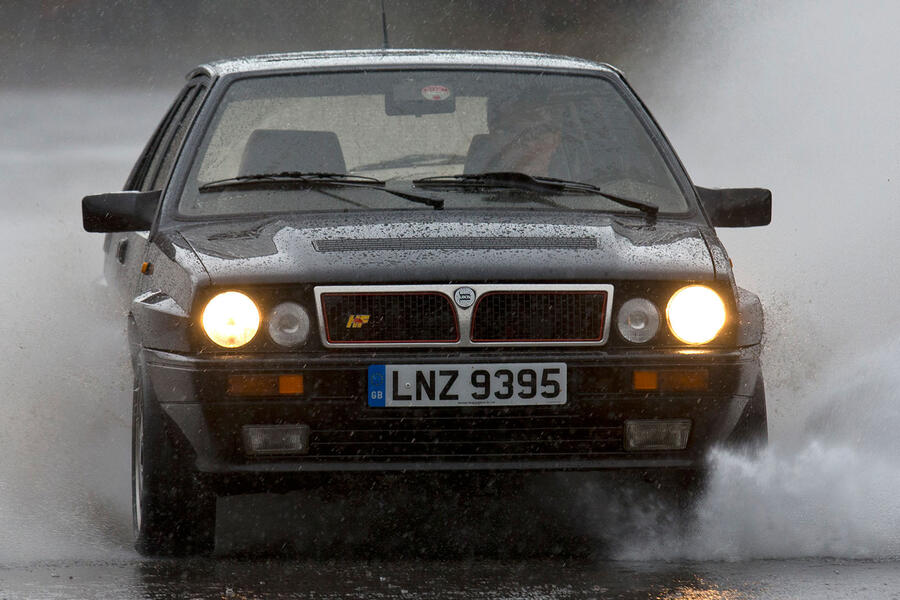
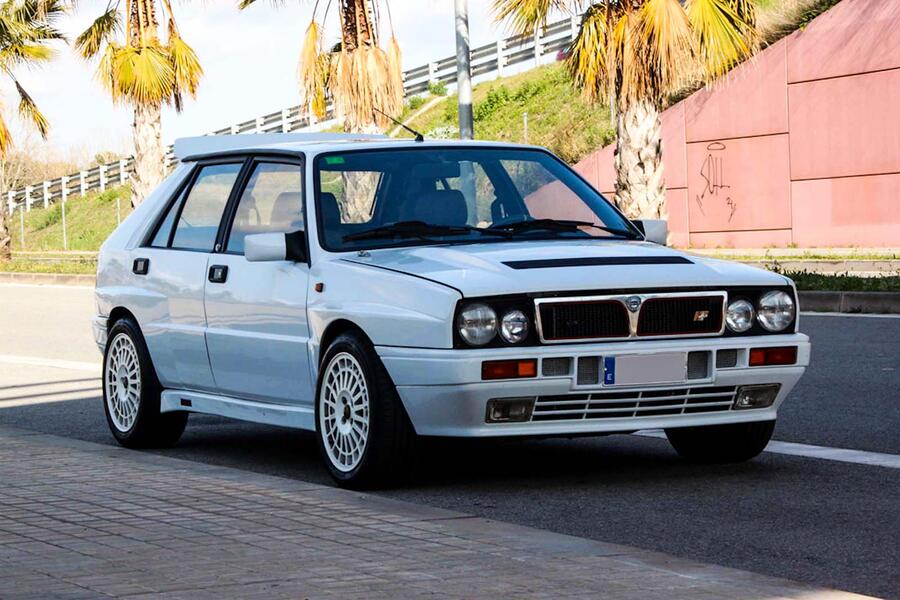





Join the debate
Add your comment
It is incorrect to say that 8v and 16v cars can be distinguished by the number of wheel bolts.
In general, pre Evo cars had four bolts, whether they were 8v or 16v and the Evos had five bolts. Interestingly, the Evos, when in full rally trim, also used only four but this time they were studs and nuts, rather than bolts.
HF (High Fidelity) lettering is a great idea by Lancia PR (Poor Reliability) department
My brother bought a dealer special Evo 2 run out model brand new back in 1995. His mate used to take the mick and laugh at how much value it was losing when they just sat at a red light back then. Thing is, he's still got it sat in its dehumidifier garage, maintained by a local specialist. Who's laughing now?
How much rent has he received sicnce buying the car and not driving it much?